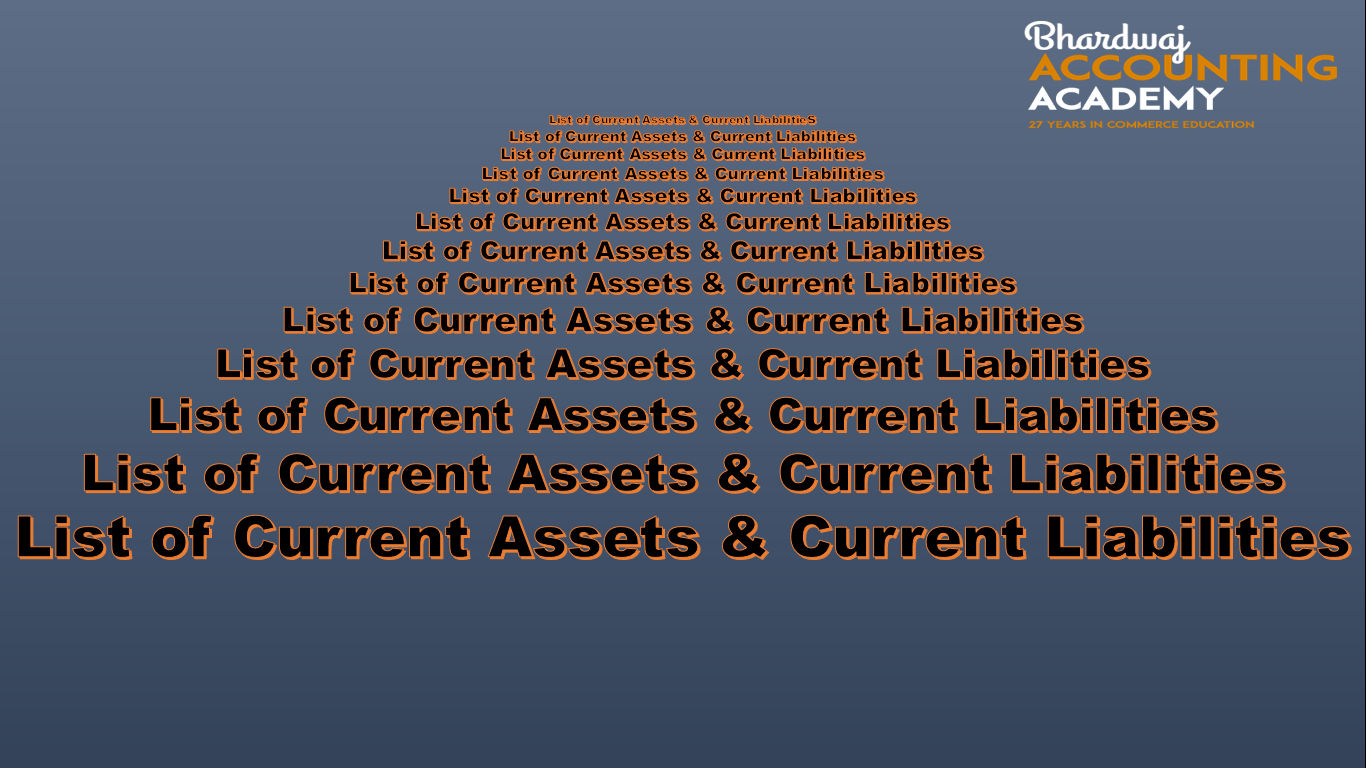
This should include tangible assets like vehicles and inventory, as well as intangible assets like intellectual property. Assets are resources the business owns, such as cash, accounts receivable, and equipment. Liabilities are obligations the company has—in other words, what the company owes to others, such as accounts payable 8 stylist secrets for healthy, shiny hair and long-term debt. In contrast, the income and cash flow statements reflect a company’s operations for its whole fiscal year—365 days. This practice is referred to as “averaging,” and involves taking the year-end (2023 and 2024) figures—let’s say for total assets—and adding them together, then dividing the total by two.
Balance Sheets Are Subject to Several Professional Judgment Areas That Could Impact the Report
Current liabilities are used to calculate financial ratios which analyze a company’s ability to meet its short-term financial obligations. Current assets are assets that can be quickly converted into cash within one year. These assets, once converted, can be used to fulfill current liabilities if needed. While current assets are often explicitly labeled as part of their own section on the balance sheet, noncurrent assets are usually just presented one by one.
Current Liabilities Defined
He is a CFA charterholder as well as holding FINRA Series 7, 55 & 63 licenses. He currently researches and teaches economic sociology and the social studies of finance at the Hebrew University in Jerusalem. Yarilet Perez is an experienced multimedia journalist and fact-checker with a Master of Science in Journalism.
Current Liabilities on the Balance Sheet
We confirm enrollment eligibility within one week of your application for CORe and three weeks for CLIMB. HBS Online does not use race, gender, ethnicity, or any protected class as criteria for admissions for any HBS Online program. HBS Online does not use race, gender, ethnicity, or any protected class as criteria for enrollment for any HBS Online program. No, all of our programs are 100 percent online, and available to participants regardless of their location. We offer self-paced programs (with weekly deadlines) on the HBS Online course platform. Harvard Business School Online’s Business Insights Blog provides the career insights you need to achieve your goals and gain confidence in your business skills.
Account Presentation
This could indicate that the company has better collections, faster inventory turnover, or simply a better ability to pay down its debt. The trend is also more stable, with all the values being relatively close together and no sudden jumps or increases from year to year. An investor or analyst looking at this trend over time would conclude that the company’s finances are likely more stable, too. Though they may appear to have the same level of risk, analysts would have different expectations for each company depending on how the current ratio of each had changed over time.
Step 5: Add Total Liabilities to Total Shareholders’ Equity and Compare to Assets

If an account is never collected, it is entered as a bad debt expense and not included in the Current Assets account. A liability is anything you owe to another individual or an entity such as a lender or tax authority. The term can also refer to a legal obligation or an action you’re obligated to take. Liability may also refer to the legal liability of a business or individual. Many businesses take out liability insurance in case a customer or employee sues them for negligence.
Each category consists of several smaller accounts that break down the specifics of a company’s finances. These accounts vary widely by industry, and the same terms can have different implications depending on the nature of the business. Companies might choose to use a form of balance sheet known as the common size, which shows percentages along with the numerical values. For example, a company might have 60-day terms for money owed to their supplier, which results in requiring their customers to pay within a 30-day term. Current liabilities can also be settled by creating a new current liability, such as a new short-term debt obligation. A balance sheet provides a snapshot of a company’s financial performance at a given point in time.
- If you were to add up all of the resources a business owns (the assets) and subtract all of the claims from third parties (the liabilities), the residual leftover is the owners’ equity.
- Liabilities are usually found on the right side of the balance sheet; assets are found on the left.
- It provides an overview of the company’s assets, liabilities, and equity.
- The difference between these two figures represents your business’s equity, which is the value left for the owners after all liabilities are paid.
Sometimes, companies use an account called other current liabilities as a catch-all line item on their balance sheets to include all other liabilities due within a year that are not classified elsewhere. Current assets represent all the assets of a company that are expected to be conveniently sold, consumed, used, or exhausted through standard business operations within one year. Current assets appear on a company’s balance sheet and include cash, cash equivalents, accounts receivable, stock inventory, marketable securities, prepaid liabilities, and other liquid assets. The cash asset ratio, or cash ratio, also is similar to the current ratio, but it only compares a company’s marketable securities and cash to its current liabilities. The balance sheet includes information about a company’s assets and liabilities.
